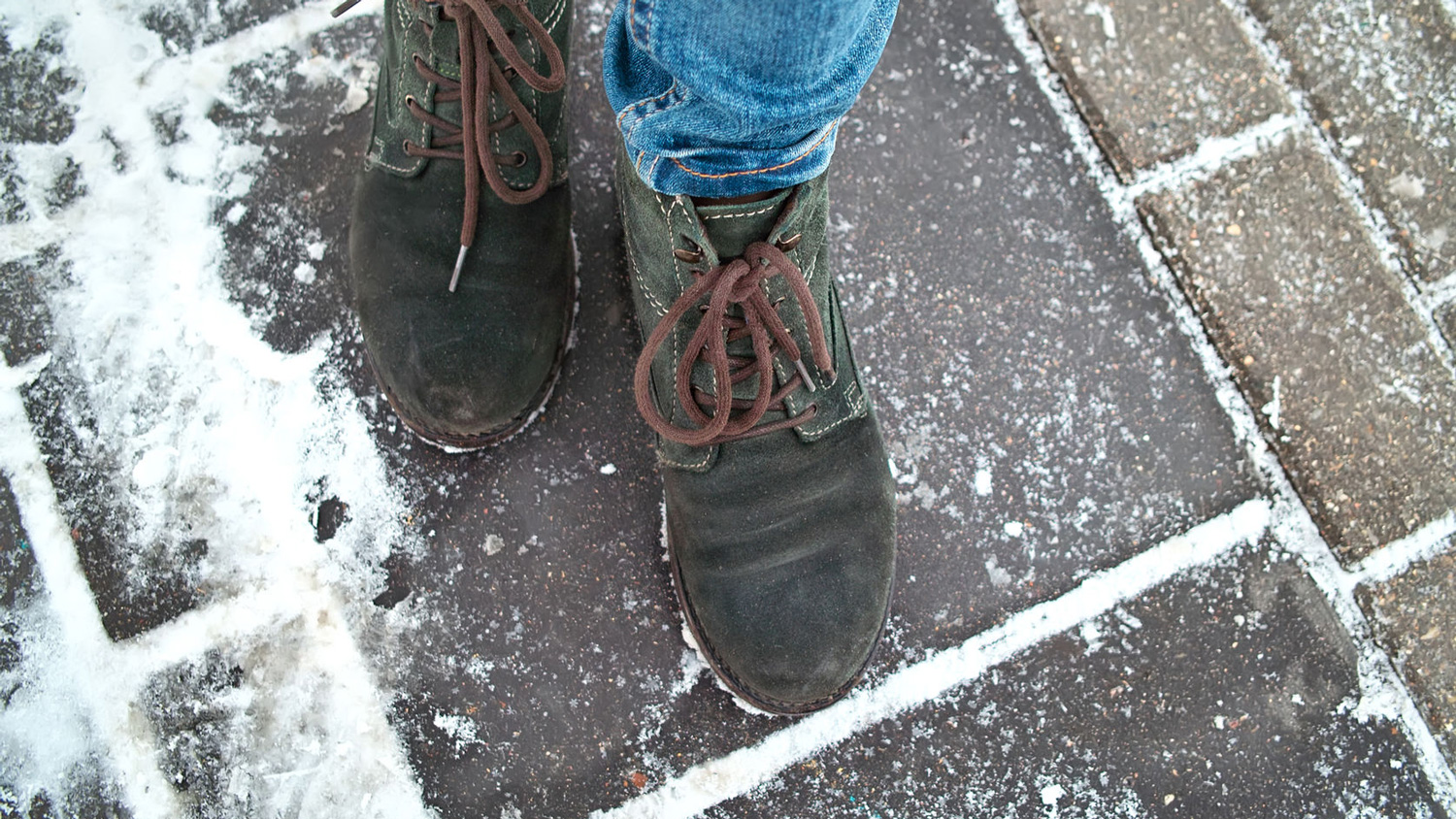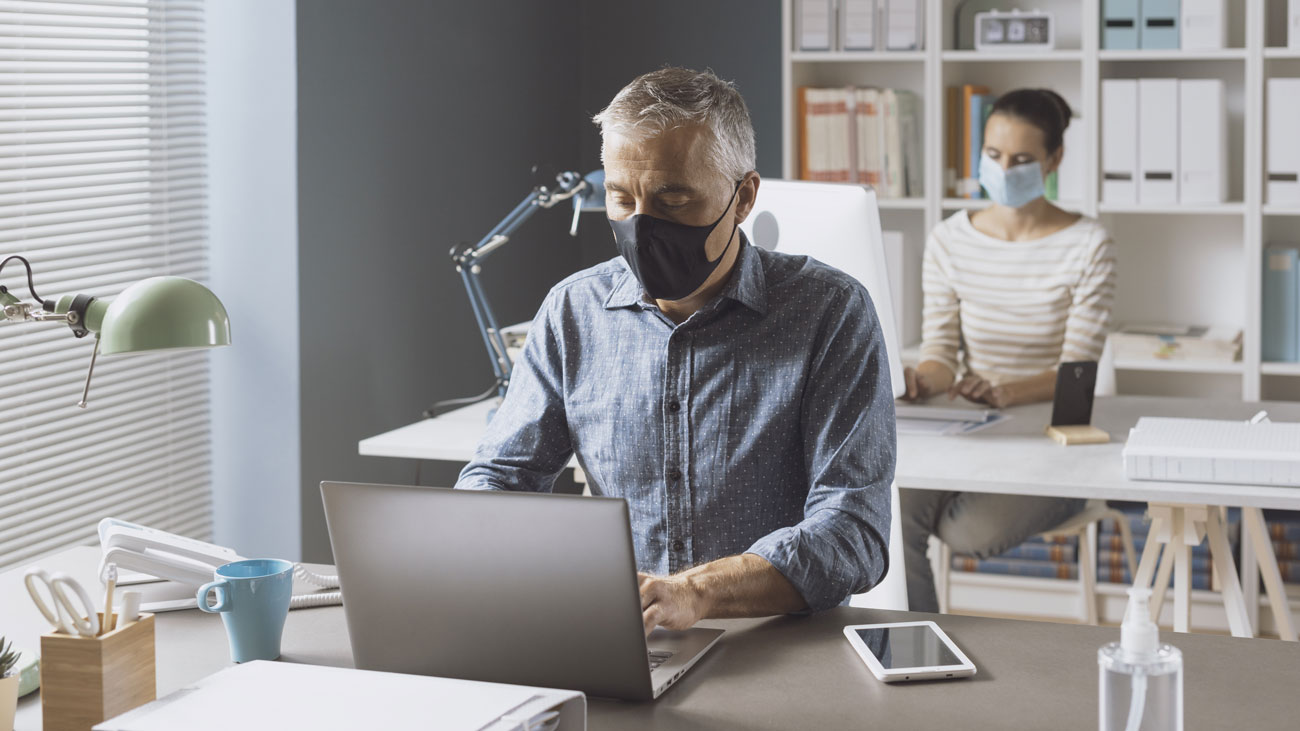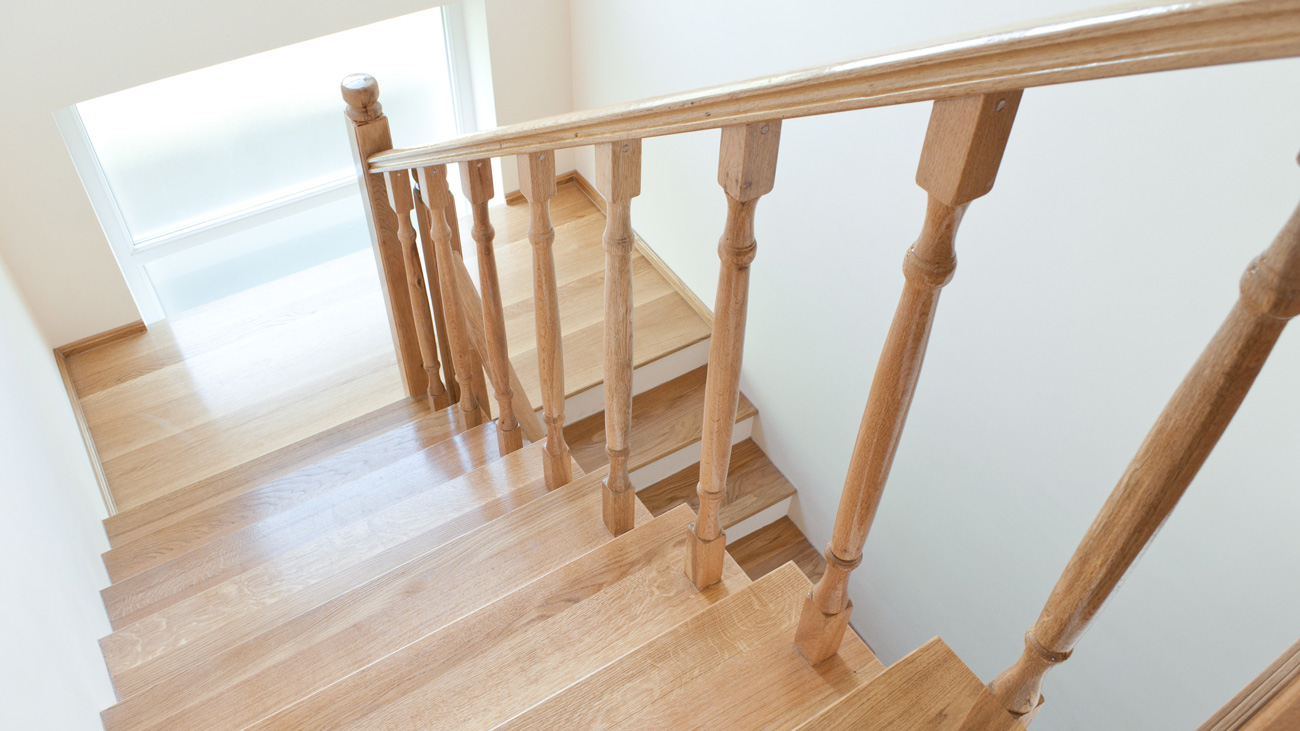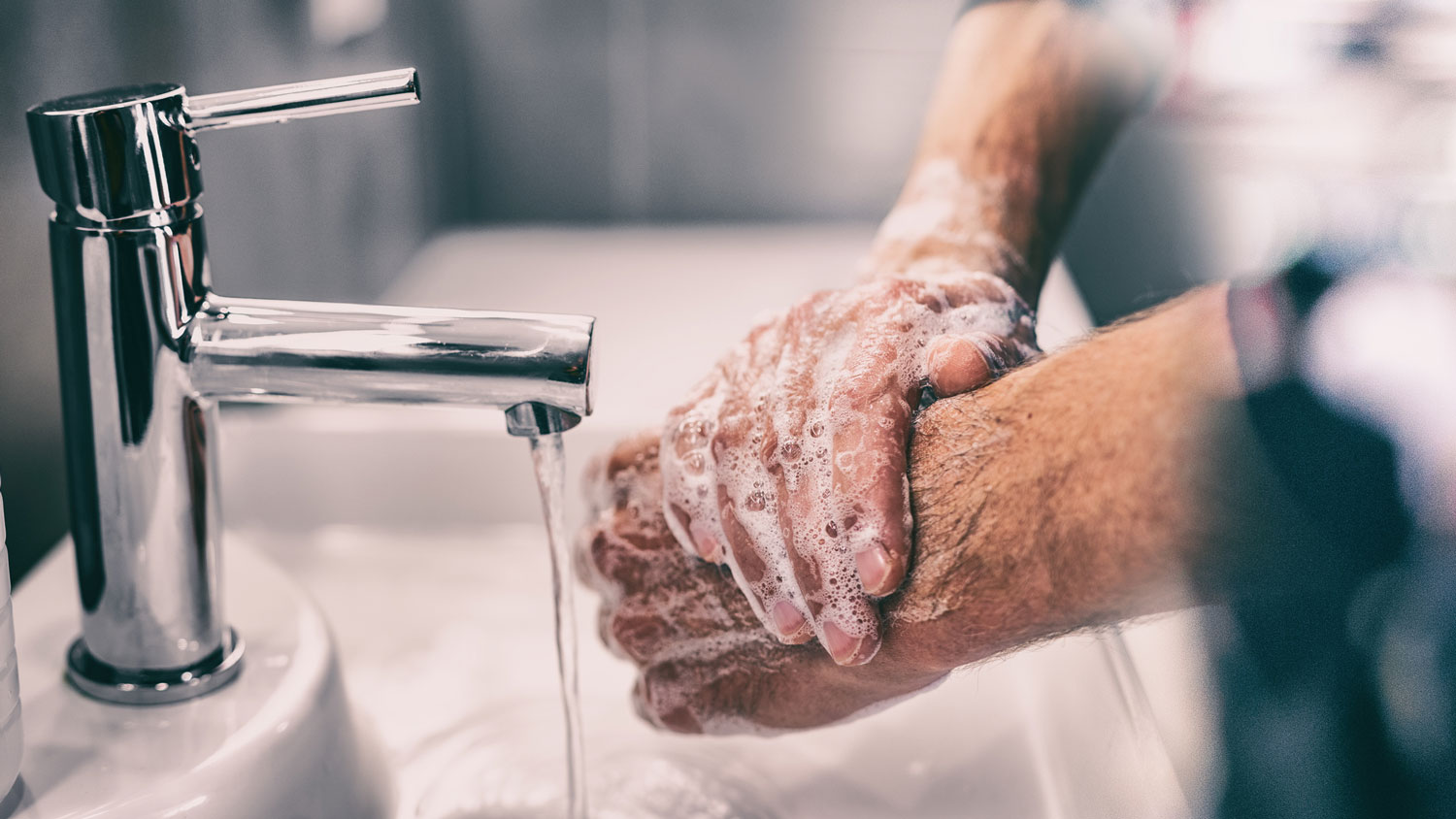
Briefing: Winter slips and trips: taking extra precautions
Slips and trips can pose a major workplace hazard and are an unfortunate side effect of environmental and human factors. The recent cold spell acts as a reminder that slip and trip accidents increase during the autumn and winter months. In this briefing, Jamie Robinson, health and safety trainer at International Workplace, looks at the extra precautions employers need to take during this season to prevent slips and trips.
On average, slips and trips cost employers £512 million and the NHS £133 million per annum. They occur in almost all workplaces and are the biggest cause of non-fatal injury, with the most common type of injury being broken bones, especially in the hand, wrist or arm. Fifty per cent of all reported accidents to members of the public that happen in workplaces are caused by slips and trips.
Slip and trip accidents increase during the autumn and winter seasons for several reasons:
- There is less daylight.
- Leaves fall onto paths and become wet and slippery and may cover uneven surfaces, potholes, etc.
- Cold weather spells cause ice and snow to build up on paths.
What does the law say?
Slips and trips can happen at any time of year and are covered by the following pieces of legislation:
- The Health and Safety at Work etc. Act 1974 (HSWA) requires employers to ensure the health and safety of all employees and anyone who may be affected by their work, so far as is reasonably practicable. This includes taking steps to control slip and trip risks.
- The Management of Health and Safety at Work Regulations 1999 require employers to assess risks (including slip and trip risks) and, where necessary, take action to address them.
- The Workplace (Health, Safety and Welfare) Regulations 1992 require floors to be suitable, in good condition and free from obstructions. People should be able to move around safely.
There are effective actions that all businesses can take to proactively reduce the risk of expensive/crippling claims and injuries that follow as a result of slips and trips.
To reduce the potential for slips and trips, employers need to review their workplace risk assessment controls, ensuring that slip and trip risks are adequately controlled particularly in the autumn/winter periods:
- Have winter gritting regimes been planned?
- Is there adequate lighting along all pedestrian routes?
- Are there arrangements for the monitoring and treatment of pedestrian routes for potential obstructions, spillages, wear and tear, etc?
- Have staff been provided with suitable footwear to move around the workplace safely?
- Are there suitable arrangements in place for wet weather, e.g matting for building entrances?
- Have all car park drains/gullies and roof gutters been maintained and cleared to reduce the surface water that could freeze?
Everyone can do their part by having 'a see it, sort it' attitude to keep walking surfaces clean and free of clutter. The following steps enable the prevention of slips and trips:
- Leads and cabling can often create trip hazards. Creating a good cable management regime by planning cable routes to run under cable protectors behind walls or under carpets to keep them hidden will help to prevent trips and damage to equipment.
- Stairwells and steps must be kept clear, well lit, and free from unsecured objects. Building occupants should be encouraged to hold onto handrails upon ascent/descent.
- Effective cleaning is an important way of employers managing slips and trips risks. Cleaning/maintenance operations should be planned when footfall is expected to be at its lowest. Floors should not be allowed to be left wet once cleaned; instead use of a dry mop or squeegee will reduce floor drying time.
- When was the last time you did a customer journey? Park in the car park and walk the main internal and external routes that your visitors would use. It is important to do this both during the day and at night time. If you can’t see hazards on the ground, you can be sure your customers/visitors and staff won’t either.
- To reduce the risk of slips on ice, frost or snow, plan for winter by identifying pathways used by pedestrians most likely to be affected by ice, e.g. building entrances and car parks. Assess the risk and put in a system in place to manage it. Ensure you stock up on grit, a good grit spreader and ice snow grips for your gritting teams. Don’t forget to assess those manual handling the grit bags, etc.
- Where areas can’t be treated, barrier off existing ones and provide warning signage. Remember though that the use of general warning signs in isolation of other controls will not absolve your organisation from liability.
- Encourage staff to be personally responsible during wet/winter weather by:
- Being aware of their surroundings when moving around the building or outside.
- Not being distracted by texting/social media. They should take a seat if they need to use their mobile.
- Walking, not running.
- Leaving a little earlier so as not to rush.
- Reporting any hazards/defects/near misses that may pose a danger to others.
- Wearing appropriate footwear (where applicable).
Further guidance is available in the HSE publication Preventing slips and trips at work: A brief guide.
International Workplace's Slips, trips and falls awareness training course explains the measures that employers and employees may need to implement to help prevent slips, trips and falls. It explores simple ways to control the risks of slips, trips and falls to help prevent accidents in the workplace. Find out more here.







